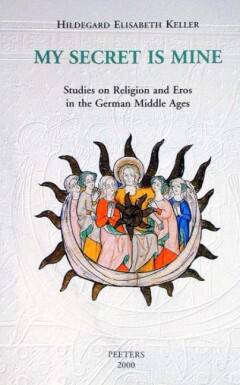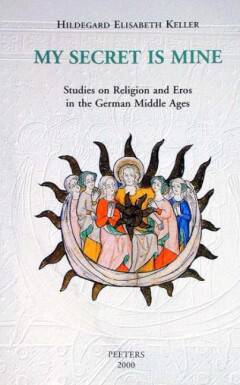
- Afhalen na 1 uur in een winkel met voorraad
- Gratis thuislevering in België vanaf € 30
- Ruim aanbod met 7 miljoen producten
- Afhalen na 1 uur in een winkel met voorraad
- Gratis thuislevering in België vanaf € 30
- Ruim aanbod met 7 miljoen producten
Zoeken
€ 91,95
+ 183 punten
Omschrijving
Erotic, sexual and marital images belong to the fundamental stock of human symbols for commitment and union as well as for the endangering of such a union. Their inexhaustible potential has shaped religious and cultural history, giving rise to rich artistic creations during the Christian Middle Ages. Such pictorial and textual sources - here drawn mainly from German secular and religious literature between the 12th and the 17th centuries - form a veritable archive of gender history. What from a Christian point of view had been presented as a principal purpose of human existence - being 'God's free daughter, His Son's bride' - took on an increasingly sexual character and became the particular domain of religious women. Beginning with this eroticized concept of God, this book examines its multiple implications: for the texts themselves as well as their authors and readers, for the relationship with a transcendent partner, and for the secular experience of marriage. After the initial theoretical groundwork, a general survey exemplifying brides of God precedes a detailed study of prominent individuals. My Secret is Mine thus invites very diverse literary brides and their beloveds to shed some light on their experience of that inexpressible, and yet immensely productive, promise of union with love itself.
Specificaties
Betrokkenen
- Auteur(s):
- Uitgeverij:
Inhoud
- Aantal bladzijden:
- 297
- Taal:
- Engels
- Reeks:
- Reeksnummer:
- nr. 4
Eigenschappen
- Productcode (EAN):
- 9789042908710
- Verschijningsdatum:
- 25/10/2000
- Uitvoering:
- Paperback
- Formaat:
- Trade paperback (VS)
- Afmetingen:
- 165 mm x 236 mm
- Gewicht:
- 576 g

Alleen bij Standaard Boekhandel
+ 183 punten op je klantenkaart van Standaard Boekhandel
Beoordelingen
We publiceren alleen reviews die voldoen aan de voorwaarden voor reviews. Bekijk onze voorwaarden voor reviews.








